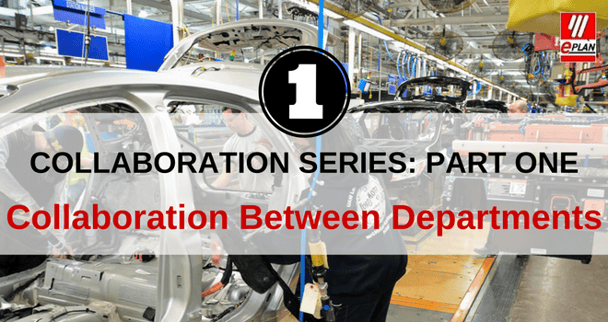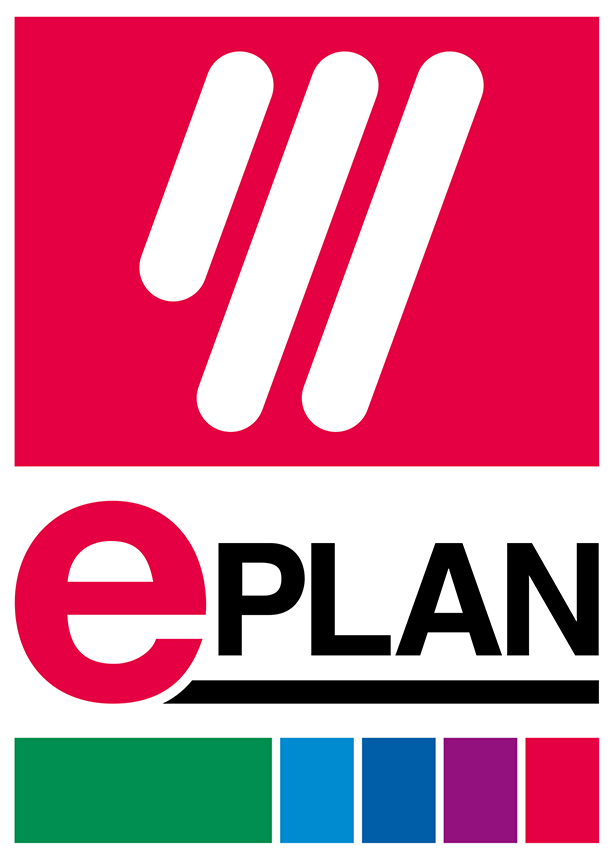
When evaluating new ways to implement best practices at your company, asking the right questions can be just as helpful as the answers you come up with. This is important on a number of levels, but most impactful is the effect on the bottom line and faster deliverables.
The business relationships we have, whether they be with vendors, customers, prospects or departments, are a good place to begin looking for what questions to ask. All of these collaborative connecting points are rife for process improvement initiatives.
We broke these manufacturing touch points down into four defined areas, which are:
- Collaboration Between Departments
- Collaboration with Vendors
- Collaboration with Machines
- Collaboration with Customers
In the age of Big Data and The Smart Factory, it’s important to realize that these relationships are expanding in ways we might not have encountered before. This makes analyzing them an even more valuable pursuit. No matter where you fit in the manufacturing process, an understanding of how these relationships impact your business is crucial. Also, this examination has the potential of spotlighting new business opportunities.
Collaboration Between Departments
This is the most important point, as well as the first place we typically look when attempting to improve productivity and institute enhanced quality measures. After all, a company that doesn’t operate efficiently from the inside, will not benefit as much from other, more external improvements.
Many organizations still have difficulty getting interdepartmental initiatives to be effective. A good question to initially ask is, “What is our orientation program doing to encourage interdepartmental alliances?” Our answer is to demonstrate this in the onboarding process. It not only builds a strong foundation for new hires, but is very effective in the mid-term at breaking down walls and in developing better team building throughout the organization.
An effective way to encourage this collaboration is through technology. This is where Big Data has made a big difference. While large enterprises have realized the potential of the data that they have in their database, this understanding, and cost efficient ways to mine it, trickles down to companies of all sizes.
SEE ALSO: 5 REASONS BIG DATA IS A BIG DEAL
While connecting to your database offers a wealth of benefits, one of the most dynamic being the collaborative opportunities it affords. If you think of an organization as a living thing, then its data is the bloodstream that touches every part of the organization and supports it.
The engineering department is a good example of this. Engineering organizations rely on a multitude of operational components. The various engineering disciplines that are needed to design a product - manufacturing operations, purchasing, marketing and sales - all need to work together.
At EPLAN, we realized from the beginning that connecting to a company’s database created efficient engineering opportunities. Creating a software platform that delivers this data simultaneously to all departments allows them to work on a project at the same time, instead of in sequence, which has been the practice with traditional CAD.
Working at the same time instead of in sequence offers opportunities that are just not possible with traditional methods. Instead of passing designs “over the wall” and having each discipline work in isolation, engineers can now collaborate on the design in real time. This affords a much quicker design process, which means sales can provide quotes quicker, and actual machine-building can begin sooner.
SEE ALSO: TOP THINGS YOU DON'T WANT YOUR INDUSTRIAL DESIGN COMPETITION TO KNOW
Think about how your departments are structured and how active your business is in building interdepartmental collaboration. The answers you come up with help you better understand where new initiatives will have the most benefit to your organization.
Next time, we’ll look at vendor relationships and what questions you can ask that will lead to more efficient manufacturing.





